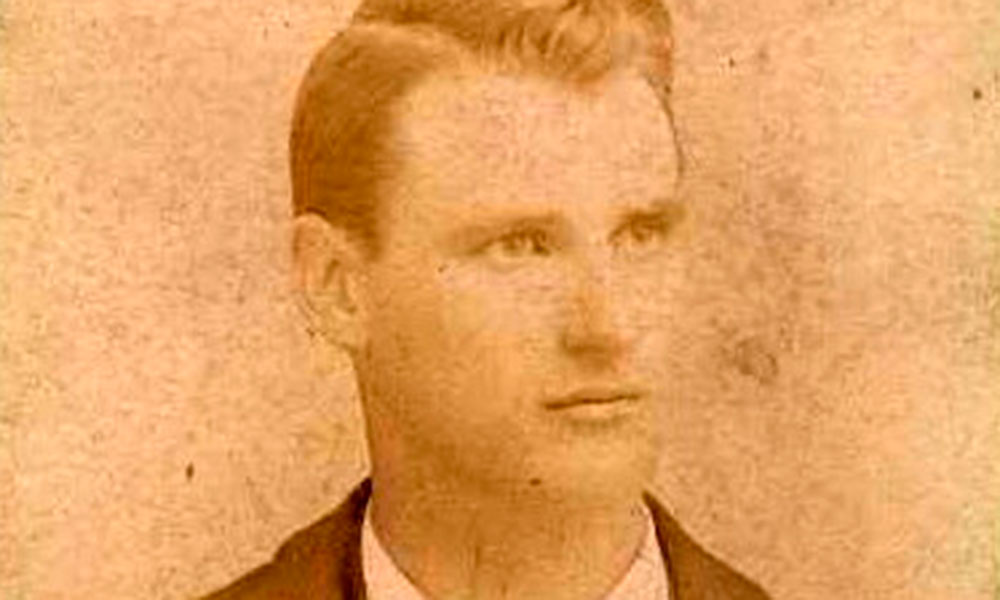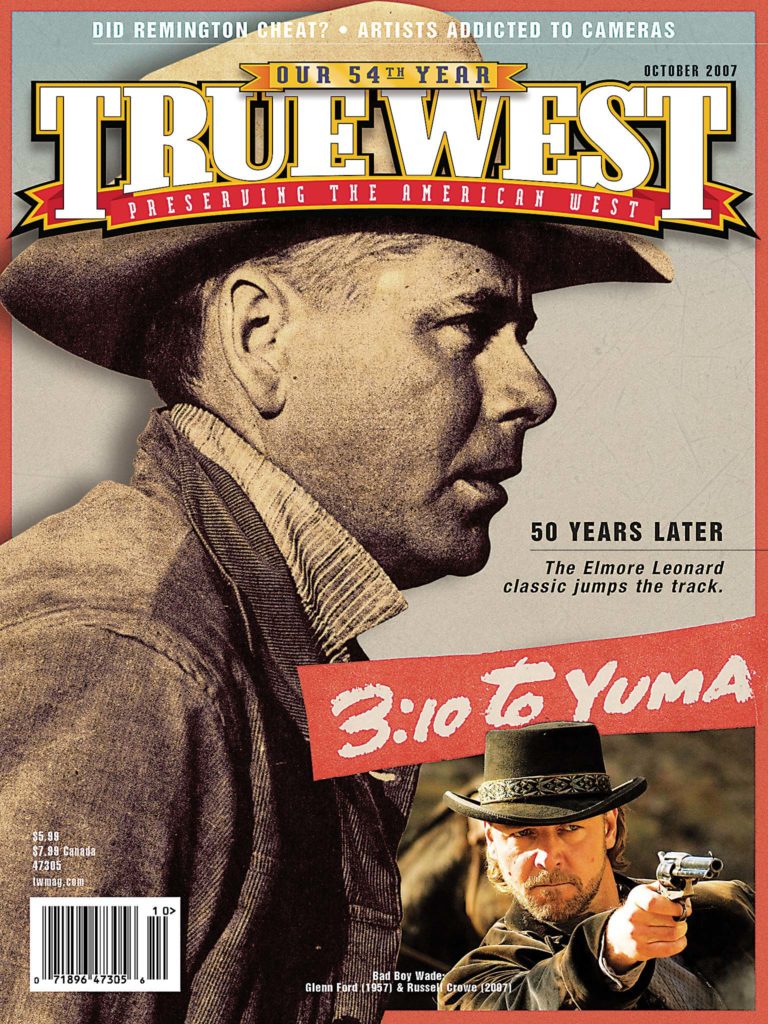 Earp—All in the Family
Earp—All in the Family
Bob and Melba Matson are brave, courageous and bold. In 1986, they bought a house in Monmouth, Illinois—but not just any house. Wyatt Earp was born there on March 19, 1848.
Committed to keeping the history alive, the Matsons spent thousands of dollars maintaining the 1841 structure (with an addition built in the mid-1860s) as a nonprofit museum exhibiting Earp memorabilia. Not exactly on the beaten path, the house has had only about 10,000 visitors in the past 21 years. But the lack of traffic has never discouraged the Matsons.
Bob and Melba are following in Wyatt’s footsteps, heading to Arizona for retirement. They put a “For Sale” sign out, hoping that someone interested in preserving the history would buy the place. Imagine their surprise when their own two children, who have been involved with the birthplace museum for years, purchased it. They’ll be carrying on an important legacy set by their parents. 309-734-3181
The Empire Strikes Back!
Ten years ago, the Empire Ranch Foundation formed to preserve a four-room adobe house built in the 1870s just north of Sonoita, Arizona. In the 1880s, another 18 rooms were added.
Between 1998 and 2005, the foundation raised more than $450,000 from private individuals, foundations, the Bureau of Land Management and the National Trust. Those funds helped fix the roof, walls and foundation of the adobe portion.
Fund-raising efforts continue for other projects, including strengthening the walls of the Victorian addition. Ultimately, the ranch will become an interpretive history house museum. The annual Empire Ranch Roundup, held on October 27, shares the heritage of the ranch. Membership in the foundation costs $25. 888-364-2829 • empireranchfoundation.org
City Hall on Solid Ground
When the Big One hits, the City Hall in Pasadena, California, should be in good shape.
The city reopened the 80-year-old building on July 15 after three years of work. Engineers separated the 170,000-square-foot building from the ground with 240 rubber structures in a rare earthquake-proofing process known as base isolation. The hall is now restored to its original 1927 appearance. The total price tag: $80 million.
Most remarkable of all for a public works project—it was finished on time and on budget. 626-744-4000
Houston, We Have a Problem
“The Bender and Brazos hotels that attracted the turn of the century cafe society, had best look to their laurels,” stated a promotion for Hotel Cotton, which featured bathrooms in every guest room—a luxury back in 1913.
Later renamed the Montagu, the hotel outlived both of Houston’s prominent hotels. The Brazos, adjacent to the Southern Pacific Railroad station, was demolished in 1931 to make room for a new terminal; the second Brazos Hotel was razed in 1980. The Bender, built in 1911 and later renamed San Jacinto Hotel, was demolished in 2004.
But now a skyscraper, which Texas’ largest city has plenty of, is going to take the place of almost an entire block of historic buildings—including the Montagu.
Houston developer Hines will start building a 47-story office tower in March 2008. To make room for it, the company will tear down the 1912 Beatty-West Building, which originally housed David R. Beatty’s oil and gas operation, the 1940 former Bond Clothes store, part of what was once the largest retail chain of men’s clothing in the U.S., and the 1913 Montagu Hotel, downtown’s oldest continuously operating hotel. The developer will save one building, the restored Stowers Building, built in 1913 as the headquarters for Stowers furniture manufacturing.
Its efforts to save the buildings having failed, the Greater Houston Preservation Alliance has asked Hines to incorporate the Bond store’s Art Deco interior into its design, but Hines has not officially agreed to do so. 713-216-5000 • ghpa.org
No School Today
In 1900, residents of rural Weston County, Wyoming, built a small school. Although abandoned by the 1980s, the schoolhouse was in good shape.
Until June. That’s when owner Brad Plaga bulldozed the Sweet School, on his property outside Newcastle, to make way for a retirement home.
Local preservationists are furious. They received a $3,500 grant in May and were waiting to hear about a $30,000 grant, which would have helped pay for moving the school and turning it into a museum. Lucille Dumbrill of the Weston County Historic Preservation Board says Plaga set a deadline of September to get the school off his land. Plaga denies that and says that plans to save the building hadn’t gone anywhere since 2005 and he had made it clear he wasn’t going to wait forever. 307-746-2268
The Endangered 11
The National Trust for Historic Preservation has released its 2007 list of “11 Most Endangered Places,” and several of them are in the West. Among them: Stewart’s Point Rancheria in Northern California and Piñon Canyon in southwest Colorado (see p. 18). For the full list: 202-588-6000 • nationaltrust.org






